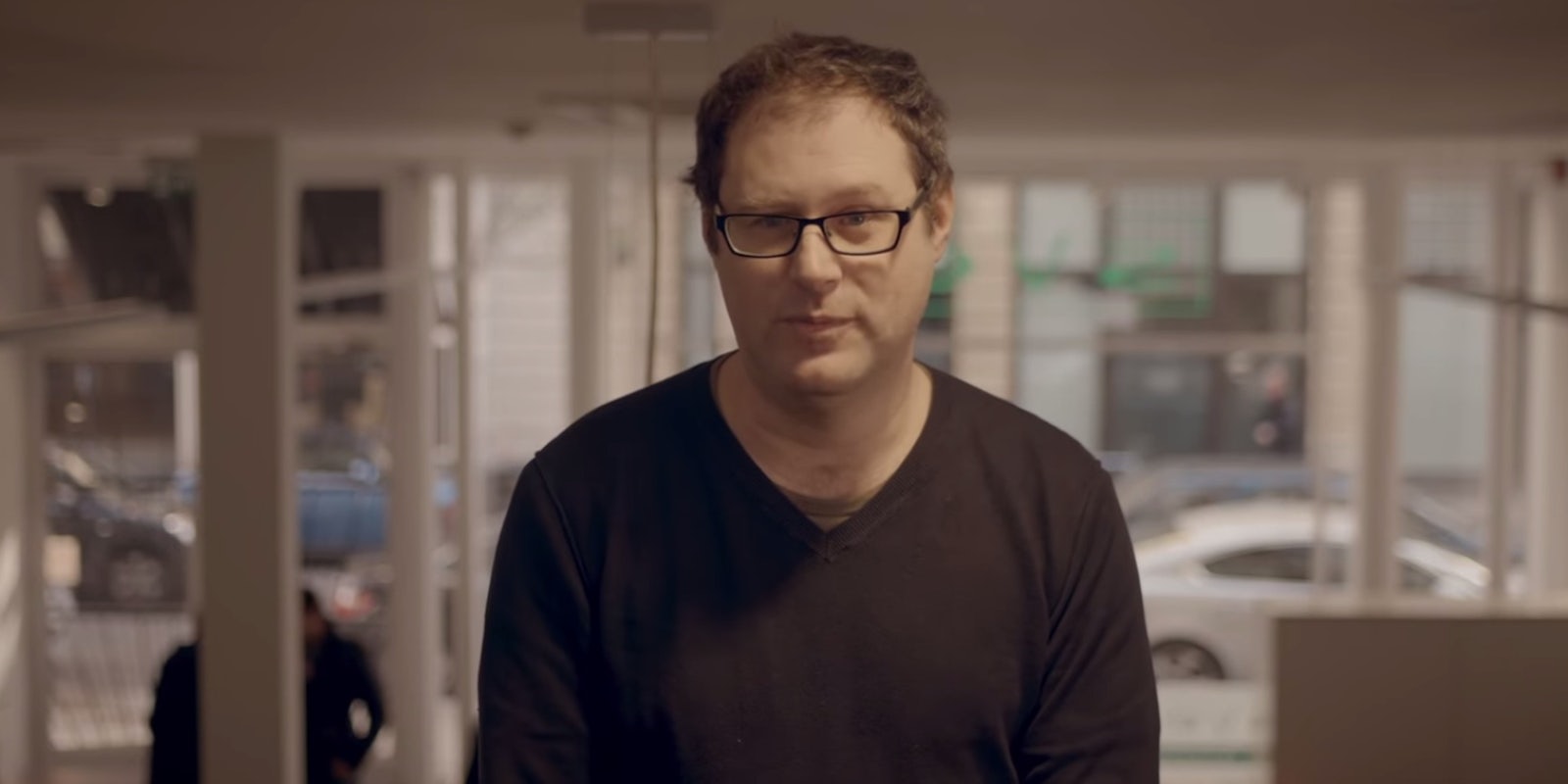The U.K.’s new Internet filters have been in place for several months now, and most people seem to have forgotten about them. Which is kind of the point: Those filters are meant to work silently in the background, supposedly protecting people from accessing “inappropriate” content by mistake.
The filters block a wide variety of content, from hardcore porn to extremist political sites, and were heavily criticized by many people including the Open Rights Group (ORG), which campaigns against online censorship.
Using Indiegogo to raise funds, the ORG now plans to launch a public media campaign to educate people about the impact these filters may have on their lives.
Internet users can opt out of the filters, but the ORG is concerned that people simply don’t understand what the filters do, or why they might be doing more harm than good.
For one thing, the filters were originally marketed as “porn blockers,” using rhetoric that characterized them as a way to protect young children from stumbling across Internet porn. It’s difficult for any politician to argue against something that is described as protecting children from Internet porn, but the truth is that the filters actually block a multitude of other topics as well.
Also, those “porn blockers” have already proven to be ineffective, blocking plenty of harmless sites and failing to tell the difference between sex education forums and porn. In one case, a domestic abuse helpline was blocked as inappropriate material, while many actual porn sites are still accessible through the filters.
One of the main problems facing the ORG’s campaign against censorship is that the content filters are now old news. They have already become a normal part of setting up a new Internet connection, and many people opt in to using them without considering the consequences.
Having raised over £13,000 ($21,800) on Indiegogo, the ORG plans to launch an informative campaign about online censorship in the U.K., beginning a “funny and pointed video” about why the Internet filters are a bad idea.
Screencap via ORG/YouTube


